10 Amazing Scottish Animals & Where to Find Them
Scottish animals are curious creatures often found soaring the skies, splashing the seas, and scrabbling across the highlands! Home...
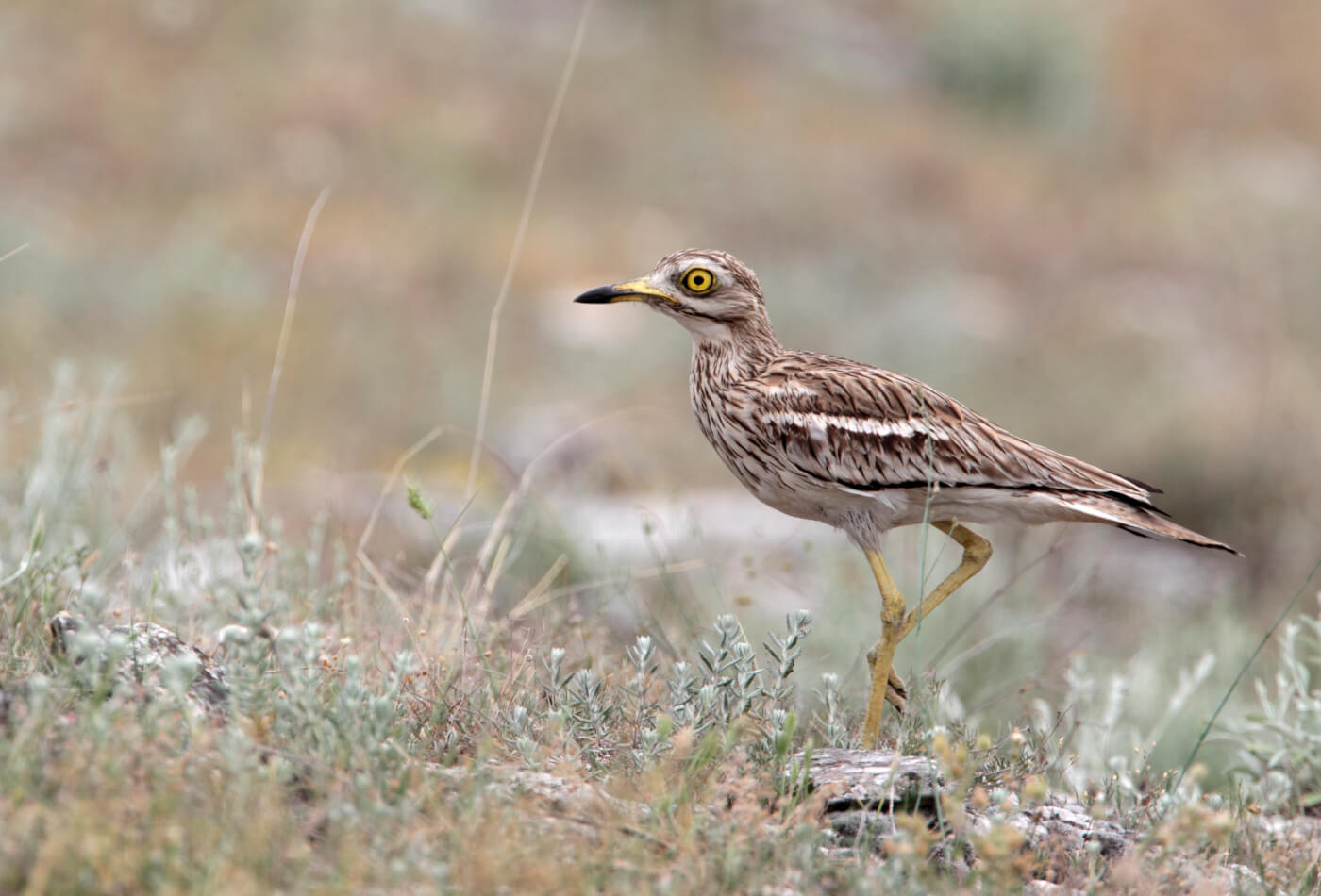
With a great range of species, including a variety of birds, Norfolk is a fantastic destination for those wanting to reconnect with nature. The Norfolk Broads and surrounding areas offer up a staggering 32 nature reserves, so it can be difficult to know exactly where to begin. To help, we’ve highlighted our six favourite nature reserves and the great wildlife you can witness there.

Hickling Broad is the largest of the broads and is home to a range of Norfolk’s birds, including the Bittern and Mash Harrier. One of the best sightings here has to be of the Common Crane.
This variety of cranes had become extinct in Great Britain in the 17th century. In 1979, many were surprised to learn that three Common Cranes had appeared on the northeast coast of Norfolk, it came as a greater surprise to discover that, just two years later, they would go on to nest for the first time in hundreds of years.
The Stubb Mill viewing platform is regarded as the best place to witness these beautiful birds. During winter, a number of cranes fly into the reeds to roost. At around 4ft tall, they are an impressive sight to witness.
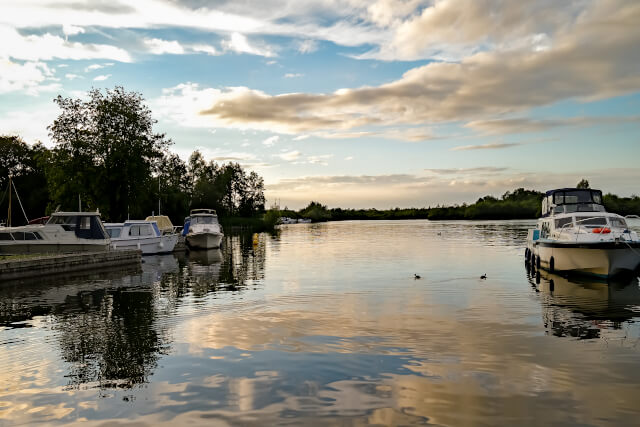
The Floating Broads Wildlife Center is an excellent spot to witness a variety of species. From here, the boardwalk – an easily accessible raised platform walk – will take you through both woodland and reedbed habitats.
There is a range of interesting plants and animals you can view from here, including Otters and Ospreys – a fish-eating raptor that is also referred to as the ‘fish eagle’. Ospreys have been frequently visiting in recent years, many of which have stayed for a long period. As a result, the trust has built a nesting platform in the hope they will stay there long-term.
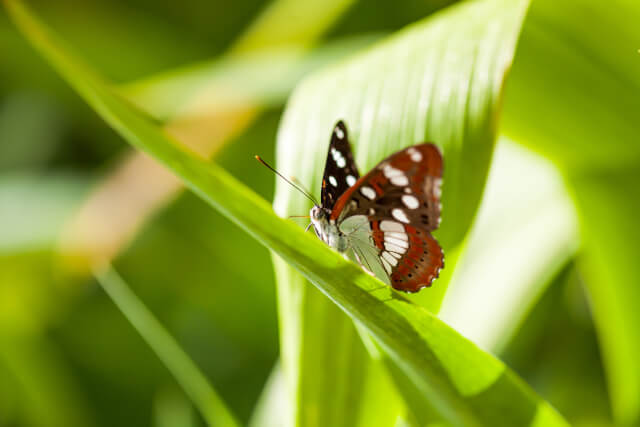
Being Norfolk’s largest remaining ancient woodland, Foxley is home to a range of beautiful plants and animals, from blossoming trees to the White Admiral, a butterfly well known for effortlessly gliding from ground to treetop.
A spectacle not to be missed is the Norfolk Wildlife Trust’s annual bluebell walk, where you will be able to witness a carpet of beautiful bluebells covering the woodland floor.
The date of the event varies from year-to-year but usually takes place between mid-April to early May.
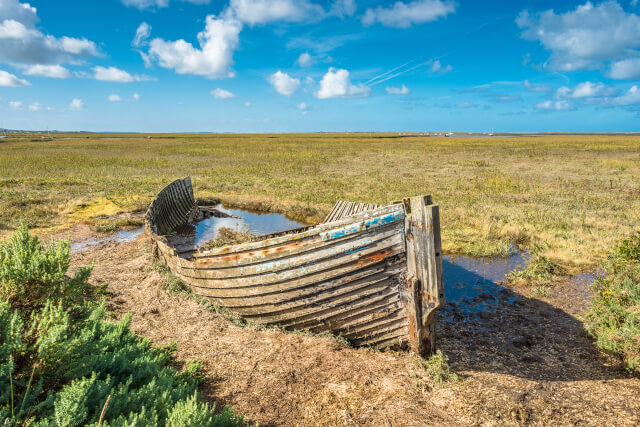
The Cley Marshes is the Norfolk Wildlife Trust’s oldest nature reserve and was purchased in 1926 to be a bird breeding sanctuary.
The water levels in the pools and reed beds are controlled to ensure they provide the best habitats for residing birds, and the reeds are harvested each year to keep them in a healthy condition.
There is a range of birds residing in this nature reserve, including Wildfowl, Bittern and Mash Harriers.
The new visitor centre, which opened in 2007, offers excellent viewing areas and an educational centre, cafe and shop.
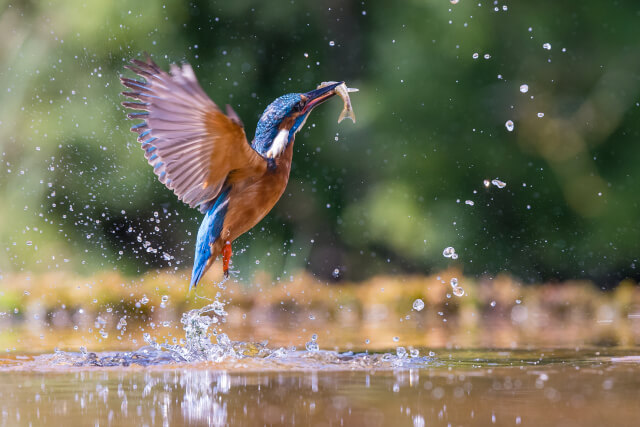
Barton Broad was purchased in 1945 and is the second largest of the Norfolk Broads, after Hickling Broad. The area was dug out in the Middle Ages for peat extraction and, later, the River Ant was diverted through its centre. The area is now home to a range of species, such as Otters, Kingfishers, and Herons. The Desmoulin’s Whorl Snail, a nationally rare species, can be found in the Barton Broads. Growing to around 3mm in length, this tiny snail has a plain brown shell.
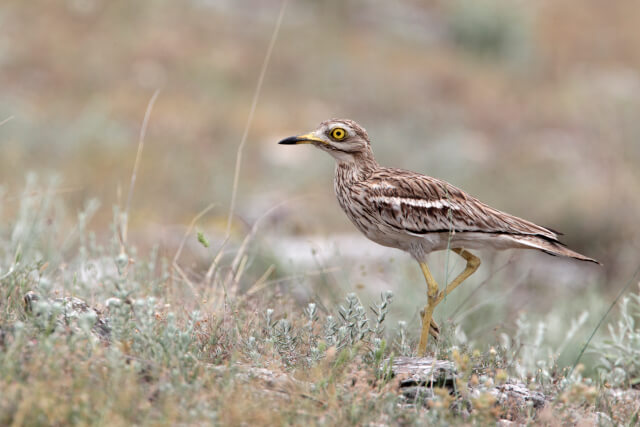
Weeting Heath is commonly regarded as the best place in the country to see the rare Stone Curlew, a species of the Wader bird. The close-cropped turf of Weeting is an ideal habitat for the Stone Curlew. Historically referred to as the Goggle-Eyed Plover for its large yellow eyes and dinosaur-like appearance. Although this bird has a distinctive appearance, from afar they can often look like rabbits.
Are you on the phone to our call centre? Your Customer ID is:
Get involved in the Discussion